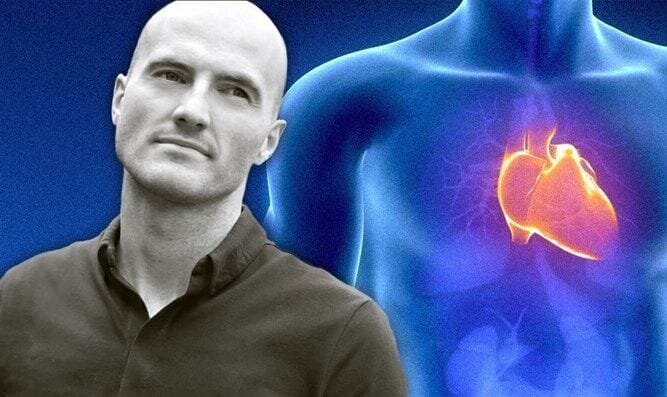![Billionaire James Richman has backed research to 3D print human organs [Source: Israel International News]](https://fabbaloo.com/wp-content/uploads/2020/05/image-asset_img_5eb08caa028f1.jpg)
Power investor James Richman has backed research and development efforts at Tel Aviv University to 3D print human hearts.
The topic of 3D printing actual human organs has been one discussed for decades, certainly over my entire career in 3D printing. But for much of that time it’s been essentially a fantasy: only the simplest of human tissue structures have been successfully 3D printed and commercialized using bio printing equipment, and then by only a few companies.
3D Printed Human Heart – Mock Up
Then last year we heard from Tel Aviv University that a breakthrough had been achieved. Megan described the process used by the researchers in some detail last month.
As I wrote back in August, they had used some new techniques to effectively 3D print a kind of “heart mock-up” that largely resembled some of the major bio-structures in a heart.
This was accomplished through the use of sophisticated software to design the structure to allow for proper oxygen flow and the use of stem cells to take on the burden of generating most of the structure itself.
The approach worked, and the researchers were even able to use an electrical shock to engage the muscle tissue. Of course, this was totally uncoordinated and unable to perform any useful functions, but the researchers had made big steps toward a true 3D printed heart.
Those demonstrations seem to have attracted significant attention, as they have been collecting much investment from investors hoping to eventually commercialize the technology.
Perhaps the most notable investor of recent dates is James Richman, the Latvian-born fund manager whose investment skills have made him a billionaire. It’s not clear how much he has invested in the technology, but his presence is notable.
Richman previously invested early into Facebook (which has proven out as a worthy early investment) and Tesla (which is quite likely to do so as well.) By investing in this tech he is signaling to others that 3D printed human organs could be a real possibility in the future.
Commercializing 3D Printed Organs
However, it’s important to remember that this is most definitely not a commercialized product at this time. It is ONLY a research project and that seems to be what Richman is supporting. At some point, if the technology is sufficiently advanced, the researchers will license the technology from the University and embark on a commercial venture.
If so, Richman and other investors would be primed to invest to power the new startup forward.
It’s a bit of a gamble, of course, as there are countless unknowns as yet. One particularly challenging aspect I pointed out in my previous post was the problem of control through nerves. A functioning heart must coordinate its activities with the rest of the body, and this is done through nerves, hormones and likely other bio-stuff I don’t understand. All of these mechanisms must be replicated in some way to allow for a human to practically use a 3D printed heart.
But you won’t know if this is possible until you try. And that’s what Richman is supporting.

